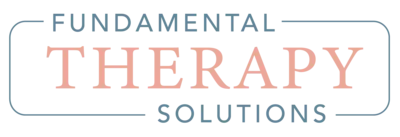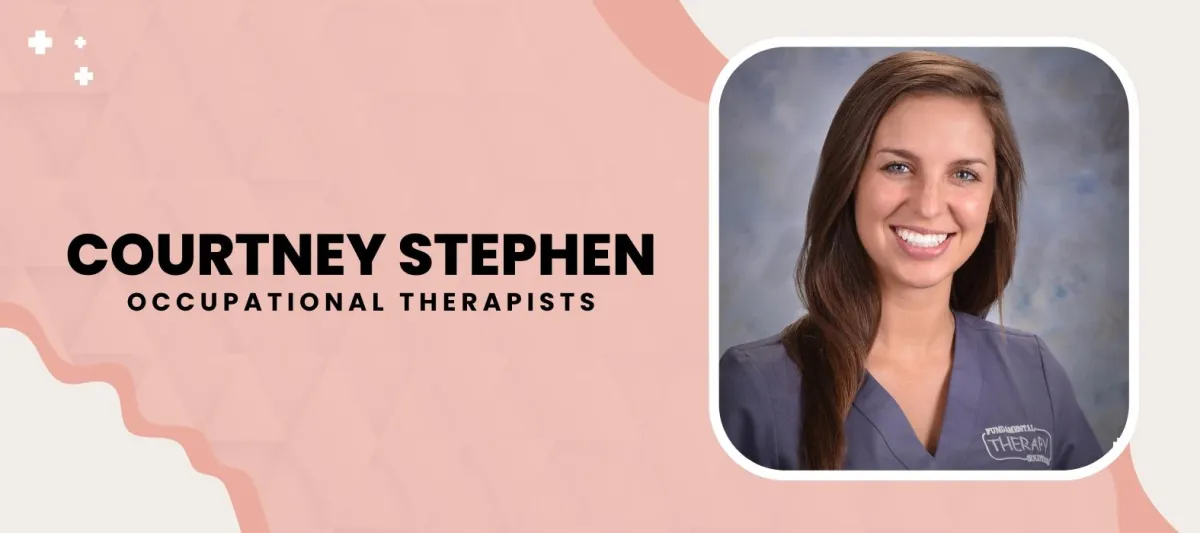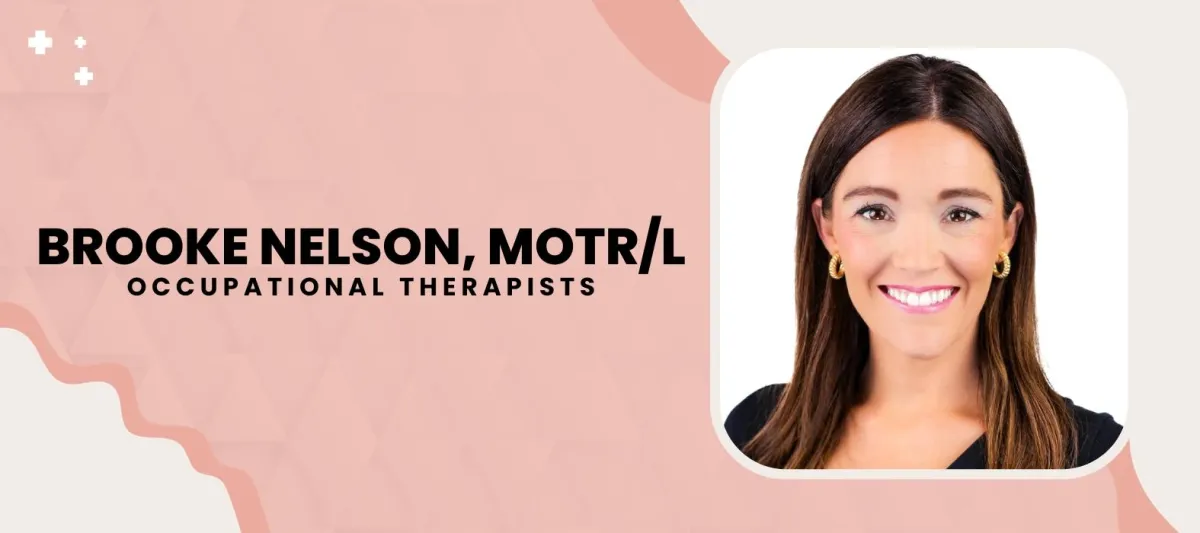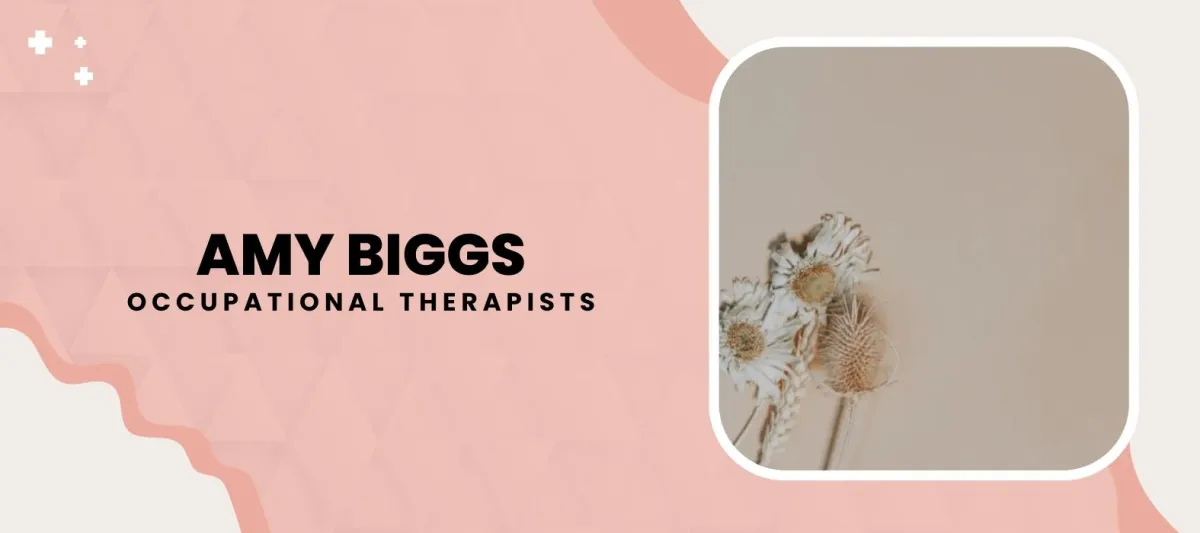EXCEPTIONAL
Occupational Therapy


What is Occupational Therapy
Occupational Therapy is about supporting children in the "occupations" of childhood—such as playing, learning, and performing daily routines like dressing and feeding. Our therapists use engaging activities to help children develop the skills they need to grow into functional, independent adults.
Whether it's improving fine motor skills for handwriting, helping with coordination for bike riding, or offering strategies for sensory processing, our occupational therapy services are tailored to meet the unique needs of each child. We collaborate with families to create fun, meaningful experiences that empower children to participate fully in life at home, in school, and in the community.
The Experts Behind Our Occupational Therapy
Occupational therapist (OT): An OT has a 4-year bachelor's degree in a related field (such as biology, psychology, or health science) and a master's degree from an accredited occupational therapy program.
Occupational therapist assistant (OTA): An OTA has an associate's degree from an accredited OTA program. They can carry out treatment plans developed by an OT but can't do patient evaluations.
Common Signs and Indicators of Occupational Therapy Needs
Your child may benefit from our services if you recognize any of the following:
Behavior, Sensory, Social, and Emotional Delays
Signs and Symptoms
Disruptive or aggressive behaviors
Difficulty paying attention
Struggles to interact or play with peers
Avoids tabletop play and learning experiences
Inability to sit still (unless focused on computer or TV)
Inability to listen or follow directions- Always on the go
Is a picky eater
Low self-esteem
Stubbornness or uncooperativeness
Excessive emotional outbursts when unsuccessful at a task
Frequent temper tantrums that interfere with life
Poor frustration tolerance
Difficulty making friends (does not interact or participate in group play)
Sensitivity to criticism
Often appears anxious
Cries easily
Overly serious demeanor
Nightmares
Fears that interfere with daily routines
Needs more protection from life than other children the same age
Rigid and inflexible behavior
Overly affectionate with others
Difficulty in perceiving facial expressions or body language
Difficulty regulating emotions
Difficulty participating and maintaining a conversation
Difficulty resolving conflict or expressing needs
Difficulty with cooperative and interactive play
Appears overly shy
Body Movement Delays
Signs and Symptoms
Avoids climbing or playing ball, seems clumsy; falls frequently
Challenge in sitting still, unless focused on computer or TV
Constantly seeking movement
Walking on toes
Hanging on people, furniture, or objects
Poor endurance, tires easily
Poor safety awareness
Impulsiveness
Overly excitable during and after movement
Appears floppy or has low muscle tone
Awkward walking or running pattern
Fine Motor Development Delays
Signs and Symptoms
Awkward holding of marker, crayon, or pencil for their age
Difficulty in drawing, coloring, copying, or cutting compared to peers
Lack of hand dominance at age 4
Difficulty controlling grasp (too tight or loose) after age 5
Poor legibility of written work in elementary school years
Trouble with clothing fasteners, food containers, or silverware for their age
Difficulty using both hands in a coordinated manner
Auditory Processing Delays
Signs and Symptoms
Negative response to loud or unexpected sounds
Holding hands over ears
Distracted in noisy environments, unable to communicate
Appears not to hear what is said
Does not respond when name is called
Enjoys or seeks noise for noise's sake
Visual Processing Delays
Signs and Symptoms
Difficulty with puzzles
Covers eyes or squints
Difficulty making eye contact
Struggles with sizing and spacing in handwriting
Difficulty moving body through space without bumping into objects
Difficulty recognizing same and different
Difficulty reading across a page fluently, loses place
Difficulty copying off the board at school
Difficulty following a moving object like a ball
Difficulty locating objects in a room
Touch Processing Delays
Signs and Symptoms
Avoids getting messy
Distress or irritation during self-care activities
Very particular with clothing to the point it interferes with life
Frequently touches people or objects
Seems unaware of cuts and bruises
Overreacts or underreacts to pain compared to peers
Appears unaware of others’ personal space
Picky eater
Falls frequently
Our Friendly OT's

9:00am – 7:00pm Monday - Friday
Closed Saturday - Sunday
© 2023 Fundamental Therapy Solutions - All Rights Reserved










